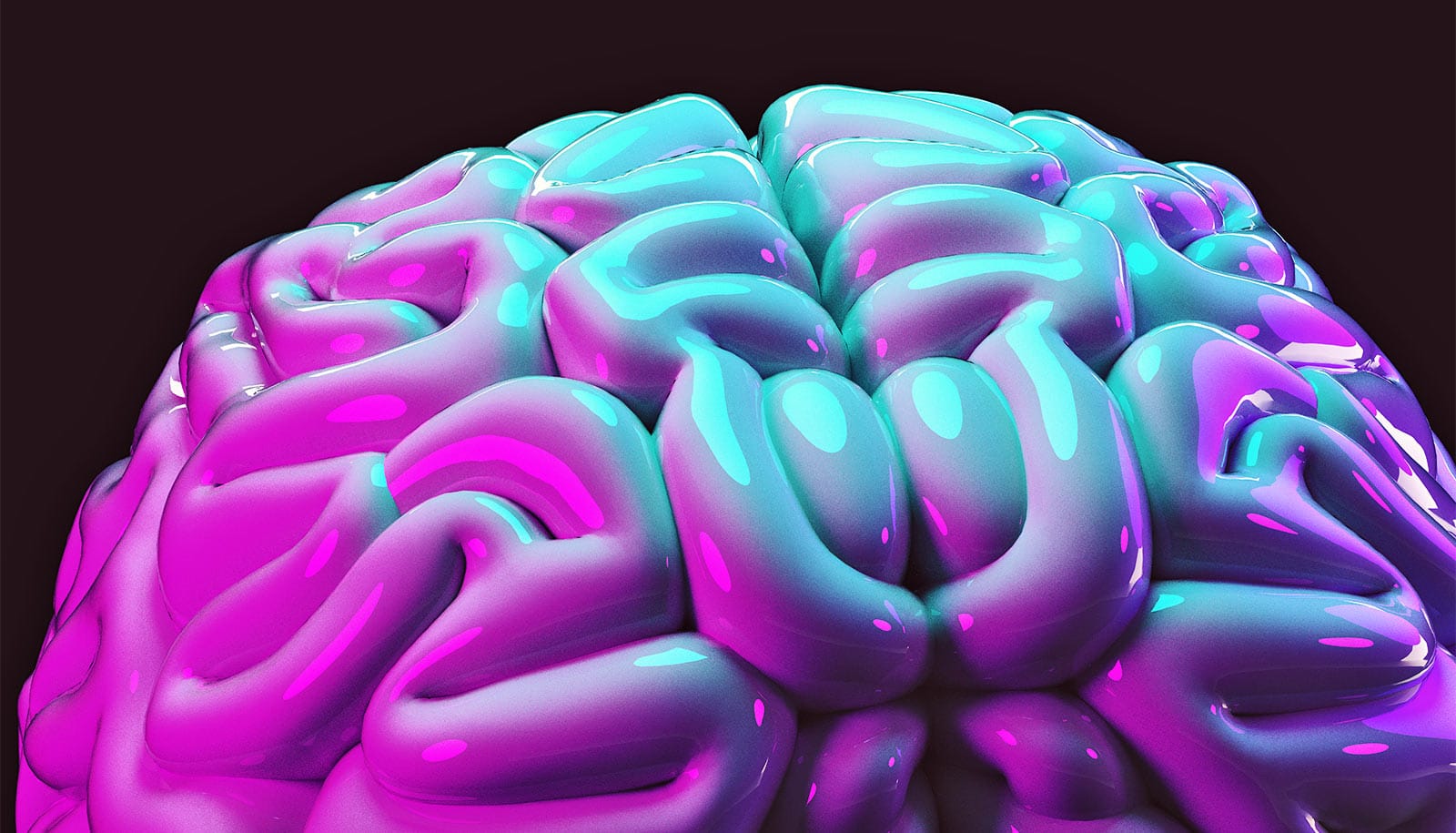Researchers have tested a core theory of Parkinson’s disease and found it lacking, which could have implications well beyond Parkinson’s disease itself.
Parkinson’s disease affects around 10 million people worldwide, yet exactly how the disease and treatments for its symptoms work remain mysterious.
The theory in question, known as the rate hypothesis, has it that Parkinson’s results from an imbalance in brain signals telling the body to start and stop moving.
“The idea was there was too much ‘stop’ and not enough ‘go,’ and that’s why there’s difficulty with movement,” says senior author Mark Schnitzer, an associate professor of biology and of applied physics at Stanford University, an investigator at the Howard Hughes Medical Institute, and senior author of the paper in Nature.
But that’s only part of the story, Schnitzer says. In fact, “start” and “stop” signals are more complex and structured than the rate hypothesis suggests, and Parkinson’s disease in part reflects a loss of that complexity and structure.
Neuron tracking
Doctors have known for decades that Parkinson’s involves the loss of neurons in a region of the brain called the substantia nigra, and that the loss affects brain circuits thought to be responsible for initiating and terminating movement.
With that in mind, the rate hypothesis seemed quite reasonable: If there was abnormal neural activity in the start or stop circuits, that could lead to the movement problems associated with Parkinson’s.
But testing that hypothesis proved difficult, because the neurons that make up the two pathways are closely intertwined. To see if the start pathway neurons were in fact suppressed, as the rate hypothesis suggested, while stop pathway neurons were overactive, researchers needed a way to track the activity of individual neurons.
To do so, Schnitzer, research associate Jones Parker, Schnitzer’s former graduate student Jesse Marshall, and colleagues turned to mice that researchers had genetically modified so that neurons in the start and stop pathways would flash green when they were active.
Immediate surprises
The team examined the mice under three distinct conditions: normal healthy conditions; a condition that mimics Parkinson’s disease; and that same Parkinson’s-like condition but this time treated with L-dopa (levodopa), the most common drug for Parkinson’s symptoms.
Then, the team peered into their mice’s brains with miniature, head-mounted microscopes to look for green flashes of light that indicate what the start and stop neurons were up to.
There were surprises almost immediately. “We found all this undiscovered structure” in both pathways, Marshall says. Rather than all neurons in one or the other pathway lighting up at once, as the rate hypothesis would suggest, certain clusters seemed to be associated with certain activities.
In healthy mice, a cluster in the start pathway might light up as a mouse began to turn left, while another in the stop pathway might light up when that mouse finished grooming its tail.
There were more surprises in the mice that mimicked Parkinson’s disease. Although there was less activity in the start pathway, as the rate hypothesis predicted, activity in the stop pathway became unstructured. Rather than suppress particular movements—”stop grooming” or “stop turning left,” for example—the stop pathway now seemed to be suppressing many different movements at once.
Smartphone app tracks Parkinson’s symptoms
Treating those mice with L-dopa restored normal activity in both start and stop pathways, the team found, but things went wrong if the dose was too high. Now, there was less activity in the stop circuit, while activity in the start circuit lost its structure, so that now it would initiate movements somewhat at random rather than in the coordinated way characteristic of healthy mice.
That finding could help explain one of the most common and visible side effects of the treatment of Parkinson’s disease—jerky, uncontrollable movements known as dyskinesia—Schnitzer says.
Beyond Parkinson’s
The idea that Parkinson’s disease affects not just the level but also the structure of activity in start and stop circuits could change how researchers think about Parkinson’s and a number of other diseases—among them Huntington’s disease, Tourette’s syndrome, chronic pain, and even schizophrenia—thought to share a similar underlying mechanism, Parker says.
Beyond understanding those conditions better, the results could ultimately lead to better outcomes for patients with those diseases.
In particular, additional tests comparing L-dopa to two other, less effective Parkinson’s drugs showed how L-dopa fully restored activity in neurons that control movement, while the others did not—hinting that it may be possible to screen new medications by examining their effects on patterns of brain activity, Schnitzer says.
Will Parkinson’s disease be the next pandemic?
“So what we may have here is a new way for testing and screening new drugs by looking directly at neural circuit activity.”
The Howard Hughes Medical Institute, the Stanford Cracking the Neural Code Program, the Stanford Photonics Research Center, Pfizer, a GG Technologies gift fund and fellowships from Stanford, the Helen Hay Whitney Foundation, the US National Institutes of Health, and the Swiss National Science Foundation funded the work.
Schnitzer is a scientific co-founder of Inscopix Inc., which produces the miniature microscope technology used in the study.
Source: Stanford University



